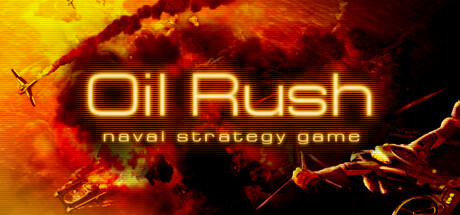external graphic card over thunderbolt
I don't know if this needs support from intel, but i would like to know what is needed to get an external graphic card over thunderbolt running in the (remote) future.
If it needs work from intel, is there any plan to support this?
Thanks for your answers.
Greetings.
Markus
I don't know if this needs support from intel, but i would like to know what is needed to get an external graphic card over thunderbolt running in the (remote) future.
If it needs work from intel, is there any plan to support this?
Thanks for your answers.
Greetings.
Markus

 Often in PCs there is no really any difference between using old graphics chip and new one - most of the people doesn't really play games, or needs compositing so much, etc. Also it doesn't really matter if my computer will have graphics card drawing 20W or 50W of energy (we are talking about onboard Intel graphics which is rather 2/5 W difference), because other elements of computer (like CPU, monitor, HDD) takes more energy. Also price of electric energy is different in different places, and cost savings will not be visible immediately - you need more money initially to buy better hardware to save it late - yes it is all clever, but not always possible, because people doesn't often have spare money to do this bigger investment.
Often in PCs there is no really any difference between using old graphics chip and new one - most of the people doesn't really play games, or needs compositing so much, etc. Also it doesn't really matter if my computer will have graphics card drawing 20W or 50W of energy (we are talking about onboard Intel graphics which is rather 2/5 W difference), because other elements of computer (like CPU, monitor, HDD) takes more energy. Also price of electric energy is different in different places, and cost savings will not be visible immediately - you need more money initially to buy better hardware to save it late - yes it is all clever, but not always possible, because people doesn't often have spare money to do this bigger investment.
Comment